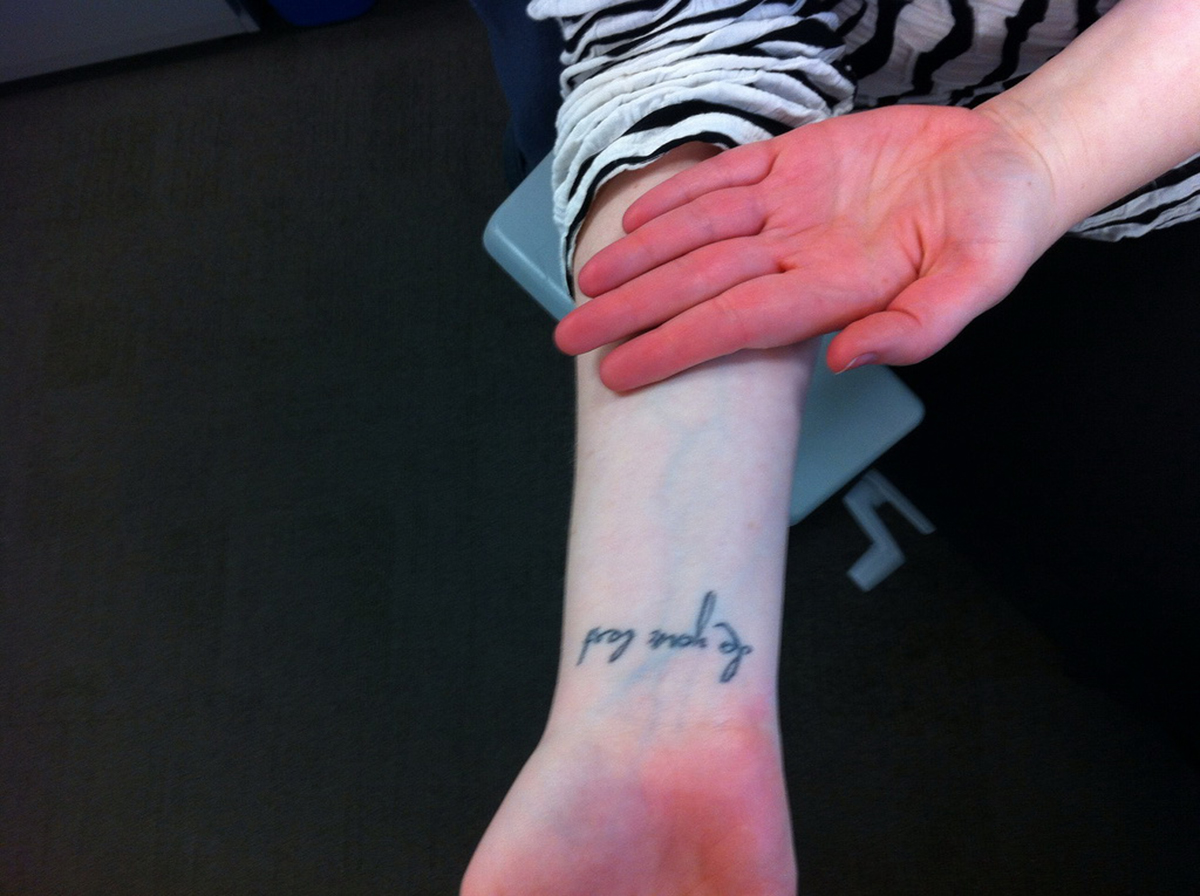Table of Contents
For most people, thankfully, primary Raynaud's is more of an annoyance than anything. Secondary Raynaud's can become severe, although it is very rare for this to occur. Severe secondary Raynaud's can actually over time kill the tissues that are affected during an episode. The repeated constriction of blood flow to the area can cause skin sores and even gangrene. Doctors will want to make sure of which type of Raynaud's a person has in order to not overlook any underlying causes.

How is Raynaud's Diagnosed?
When a person complains of numbness, pain, and color-changing fingers to her doctor, the doctor will ask some questions to determine if she is at high-risk for either primary or secondary Raynaud's. He will examine the fingers and toes specifically, but will also do a full physical exam to look for signs of the diseases that commonly cause secondary Raynaud's.
A common diagnostic test is a cold stimulation test. The doctor tries to trigger a vasospasm by quickly plunging the patient's hands into icy water. A small, sensitive thermometer is taped to the fingers to measure their temperature. When the hands are removed from the water, the thermometer measures how long it takes for the fingers to return to normal body temperature. Normally, this occurs very quickly.
The cold stimulation test can have inconsistent results, so a doctor may also perform a nailfold capillaroscopy. This slightly intimidating sounding procedure is just a close examination of the blood vessels in the nail bed. The doctor puts a drop of oil on the nail and then looks at the area through microscope to check the arteries. Abnormalities may indicate secondary Raynaud's and the doctor may order blood tests that check for the diseases and conditions listed previously.
How is Raynaud's Treated?
There isn't a cure for Raynaud's and treatment depends on whether a person has the primary or secondary type. Primary Raynaud's is treated mainly via lifestyle changes, while the underlying diseases and conditions that cause secondary Raynaud's must be addressed first in order to experience any relief.
Since Raynaud's is mainly triggered by cold exposure, it's important to dress warmly. Mittens keep the fingers warmer than gloves and coats should have fitted cuffs. Small hand warmers can be inserted into the mittens to provide extra heat. If you have to drive in cold weather, the car should be warmed up before you leave since a freezing steering wheel is a sure trigger for an attack.
Read More: Cold Hands And Feet: The Sign Of Iron Deficiency?
People with Raynaud's should avoid repetitive hand movements and not work at jobs with require the use of vibrating tools, like drills or jackhammers. Since medications like birth control pills and others can trigger attacks, you should discuss alternatives with your doctor. Caffeine and alcohol should be limited. Smoking is a big trigger, so quit!
When an attack does occur, try to warm your hands by soaking them in warm water, wiggling and massaging them, or moving your arms in circles to promote blood flow to the tips of the fingers. Always take good care of your fingers and toes. Protect them from even small injuries since decreased blood flow to the area means little cuts will take longer to heal. Don't wear things that will further restrict blood flow, such as tight watches, bracelets, and rings. All of these will help to keep Raynaud's at the level of an annoyance and not a serious condition.
- Raynaud's disease. (2001). In Taber's Cyclopedic Medical Dictionary (p.1756, Edition 19). Philadelphia, PA: F. A. Davis Company.
- Photo courtesy of Intermedichbo by Wikimedia Commons : commons.wikimedia.org/wiki/File:Secondary_Raynaud's_in_Sj%C3%B6gren's_syndrome_2_.JPG
- Photo courtesy of Elizabeth K by Flickr : www.flickr.com/photos/elizabethk/8559908045/

